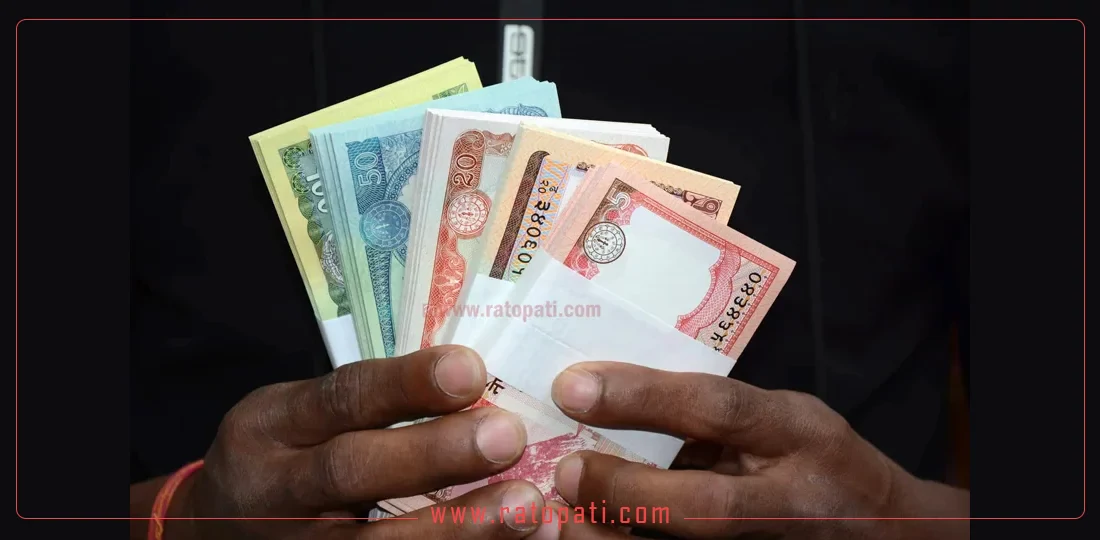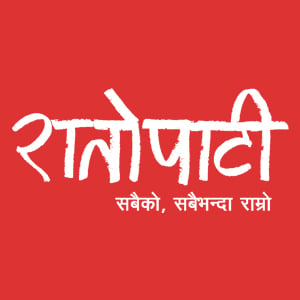Distribution of 'clean notes' for Dashain begins today

Kathmandu, September 29 — Distribution of 'clean notes' for Dashain begins today. The Nepal Rastra Bank has arranged for the exchange of such notes starting today, until October 8, 2023. Note exchanges will take place at the bank's central office in Baluwatar, regional exchange centers outside the valley, and at the main branches of banks and financial institutions.
Bank spokesperson Ramu Paudel stated that directives have already been issued to the relevant institutions and branch offices, and necessary notes have been provided. "We have made arrangements for the public to exchange as many notes as they need," Paudel said. "Banks also have such notes, and if there are not enough, the central bank will provide them."
What are clean notes?
The government used distribute new notes in the past. After printing, these notes were first taken out from the treasury and exchanged. Those who received new notes were the first users of those notes, and the numbers of the received notes were sequential.
Starting today, the exchanged notes will have already circulated in the market at least once. According to Paudel, these notes will also appear new. Generally, notes that have been used once are exchanged. Because they have already been used, the numbers on the notes typically do not follow a sequence.
New notes in 'seal pack'
Governor Mahaprasad Adhikari, who decided to distribute clean notes instead of issuing new currency, has instructed staff at the central bank to ensure that no new notes leak out. He has directed senior officials in the Currency Management Department that "not a single bundle of new notes should go out." "This decision is made to avoid criticism from the market and to prevent any misuse internally," said an employee of the Currency Management Department. "For now, keep them in seal packs and verify them after Tihar."
Claims of saving two billion
The central bank had exchanged nearly 22 billion rupees worth of new notes in the fiscal year 2022/23. The previous year, around 13 billion rupees were allocated for the same purpose. By allocating a comparatively lower amount this year, a shortage of new notes was observed in the market the previous year.
By exchanging as many notes as required in the market, it is estimated that 20 to 22 billion rupees worth of new notes would enter circulation, and the printing cost is expected to be between 1.5 to 2 billion rupees, according to central bank officials. They believe that halting the distribution of new notes will save that money. However, it remains uncertain how much 'real savings' there will be from exchanging used notes.
Lack of enthusiasm for 'clean notes'
Advance ticket bookings and the exchange of new notes have been perceived by the public as milestones for Dashain. Advance ticket booking began on Saturday, and the note exchange starts today.
However, there is a lack of enthusiasm for the note exchange due to the distribution of old notes instead of new ones. Until two years ago, cooperatives used to take millions in exchanges to the Nepal Rastra Bank. A manager from a cooperative in Kalanki stated, "Last year, the central bank did not allow us to exchange notes, but inquiries were widespread. This time, with the announcement of no new notes, interest has diminished."
Some interpret the central bank's decision as an attack on the cultural beliefs of the majority of Nepalis.




Leave Comment